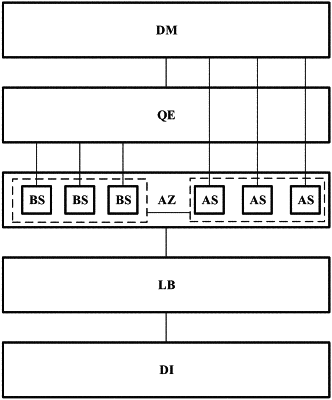| CPC G06F 16/254 (2019.01) [G06F 3/0482 (2013.01); G06F 7/08 (2013.01); G06F 16/215 (2019.01); G06F 16/2365 (2019.01); G06F 16/285 (2019.01); H04L 67/1008 (2013.01); H04L 67/1097 (2013.01); H04L 67/63 (2022.05)] | 19 Claims |

|
1. A method for defect analysis, comprising:
obtaining fabrication data information comprising defect information;
sorting the fabrication data information according to fabrication node groups into a plurality of groups of data, a respective one of the plurality of groups of data associated with a respective fabrication node group of the fabrication node groups;
calculating weights of evidence for the fabrication node groups to obtain a plurality of weights of evidence, wherein weights of evidence represent variability between a percentage of defects in the respective fabrication node group with respect to a percentage of defects in an entirety of the fabrication node groups;
wherein a respective weight of evidence for the respective fabrication node group 1s calculated according to Equation (1):
 wherein woei stands for the respective weight of evidence for the respective fabrication node group;
P(yi) stands for a ratio of a number of positive samples in the respective fabrication node group to a number of positive samples in all fabrication node groups;
P(ni) stands for a ratio of a number of negative samples in the respective fabrication node group to a number of negative samples in all fabrication node groups;
the positive samples means data comprising defect information associated with the respective fabrication node group;
the negative samples means data in which defect information associated with the respective fabrication node group is absent;
#yi stands for the number of positive samples in the respective fabrication node group;
#yr stands for the number of positive samples in all fabrication node groups;
#ni stands for the number of negative samples in the respective fabrication node group;
#yr stands for the number of negative samples in all fabrication node groups;
ranking the plurality of groups of data based on the plurality of weights of evidence; and
obtaining a list of plurality of groups of data ranked based on the plurality of weights of evidence.
|